How to Automate Your Home: 8 Technologies in Your House

An automated home leaves you with enough time to concentrate on core tasks that add value to your life. It’s not an excuse to get lazy, but an opportunity to help you get more out of your time. In order to automate your home, you first need to answer two questions. First, what do you intend to automate? Once you identify what you want to automate, the next question is what’s the best way to automate your home?
You can automate virtually anything in your home. From simple lighting, playing music, scheduling thermostats, opening garages, and more, there are many smart home devices and systems available to turn your house into an automated home. To avoid getting overwhelmed by the many home automation products in the market, you should follow these best practices on how to automate your home:
1. Smart Lighting Systems
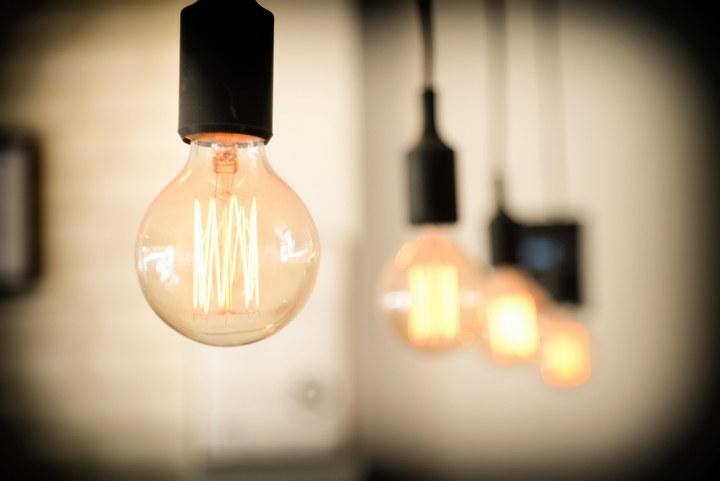
Installing a smart lighting system should be your first task in how to automate your home. This task is as easy as screwing in a light bulb. Among advantages offered by intelligent lights include the ability to turn themselves on and off based on scheduled timers (for instance, 5 or 10 minutes before you get home), or motion sensors (lights go on after sensing motion, for example, in a dark hallway), among many other programmable scenarios. Products include WiFi bulbs and motion-sensor lights you can control using your smartphone.
2. Smart Thermostats
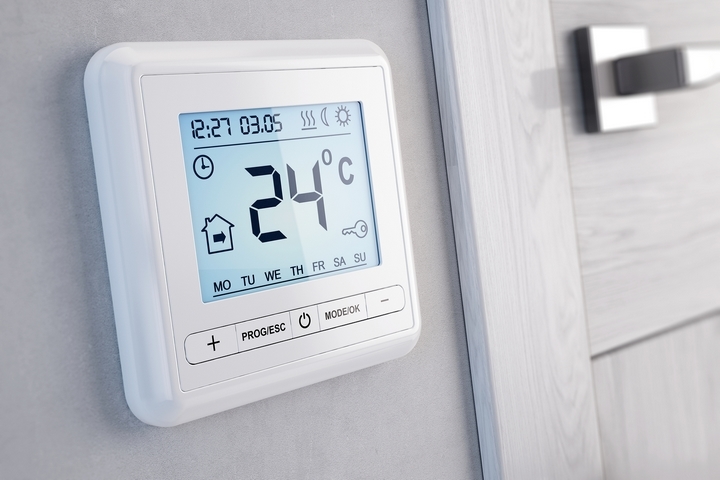
Your monthly bill is under massive attack from the thermostat in your home. In fact, thermostats account for nearly half of your monthly electricity bill. You can, however, minimize this onslaught on your finances by installing a cost-effective thermostat. This should be your next stop in home automation. These smart home devices are relatively easy to install and can be scheduled or programmed with environmental sensors.
You can even program it to identify the location of your phone, so it can adjust your home’s temperatures when you’re away. These thermostats are fully adjustable and can be controlled from the comfort and convenience of your phone.
3. Smart Carbon Monoxide and Smoke Detectors
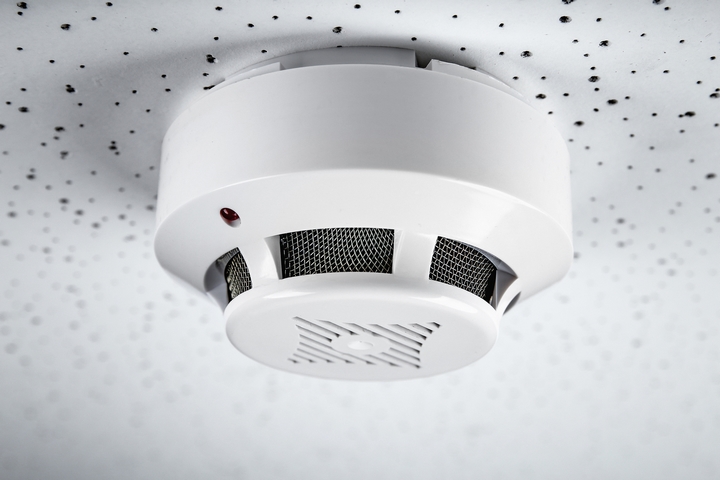
One of the critical considerations when automating your home is the safety of your family. Installing carbon monoxide and smoke detectors may not be the sexiest thing to do. However, with smart detectors, you get to know if there’s an emergency at home, wherever in the world you may be. When installing smoke and carbon monoxide detectors, look for those that connect to your home’s WiFi. They should be able to send text alerts to your phone whenever carbon monoxide or smoke is detected, or when the smart detector’s batteries are low.
4. Smart Garage Doors
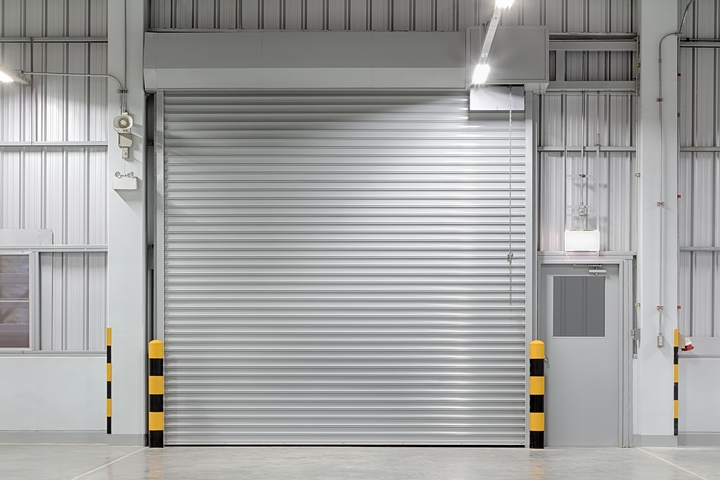
Many people forget about the garage door when they automate the home. With an automated garage door, you will never wonder whether you closed the door when you drove out. A smart garage door allows you to confirm your door’s status remotely, and if required, open it for you.
5. Smart Locks
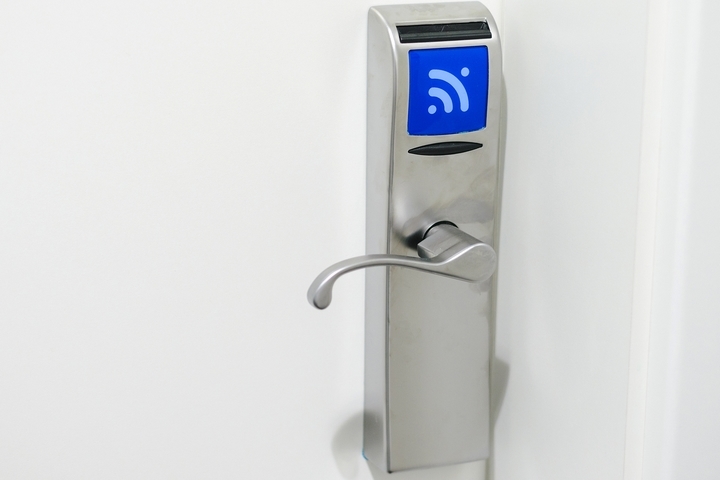
You may come home tired with loads of groceries in your hands. Your door keys are somewhere in your pocket or purse. You stare at the door, hoping it will open itself. If you’ve installed smart locks on your front door, it can! Well, you don’t have to put the groceries down. Smart door locks are as easy to install as any lock. They do more than lock and unlock using your smartphone (which is also in your purse, yikes!). You can set the locks to send alerts to your phone. Any time they are tampered with, such as in forced entry, or any general activity that affects your doors, you get an auto alert to your smartphone. Isn’t that cool?
6. Smart Vacuum Cleaners
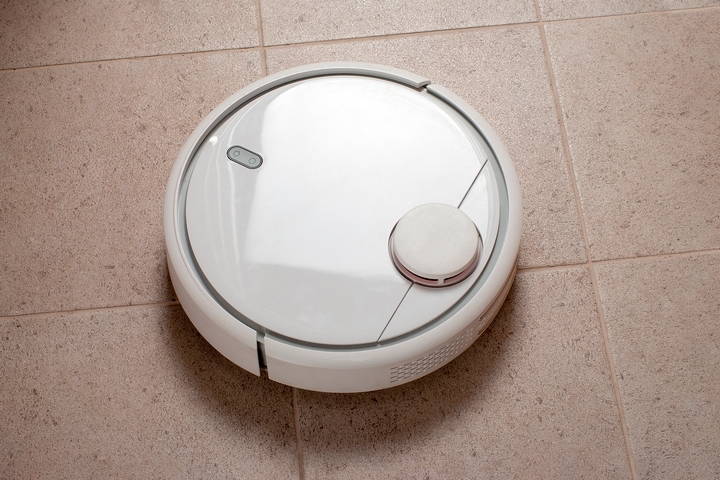
Another favourite home automation practice is to install a smart home vacuum cleaner. This is a robot vacuum, such as the iRobot Roomba 980, which is very easy to install. If you can set an alarm clock, you can program a smart vacuum cleaner, which is WiFi-enabled. They are easy to configure to your smartphone and allow you to spot clean, clean, schedule, and do more, wherever you are.
7. Smart Appliances
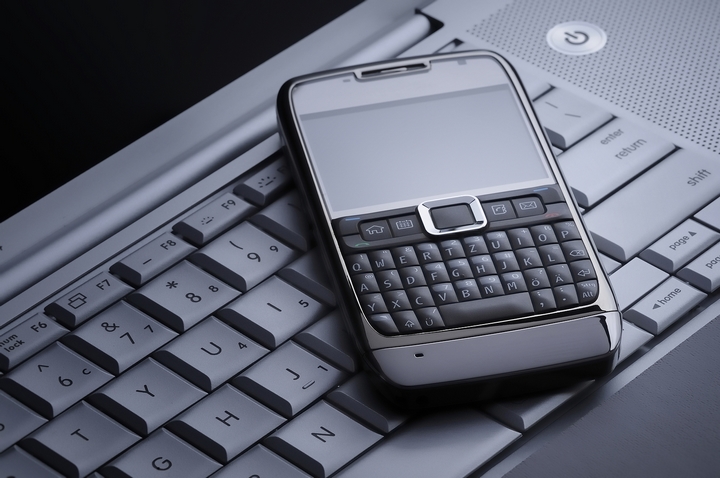
There’s this intelligent smart plug that allows you to control your appliances, electronics and other devices from afar. The plug offers accessibility to your devices through your smartphone. Even better, it lets you schedule your devices to auto-on/off. For example, you can program it to turn a device on or off after sunset. You can also set it to ‘Away’ mode.
8. Smart Irrigation Systems
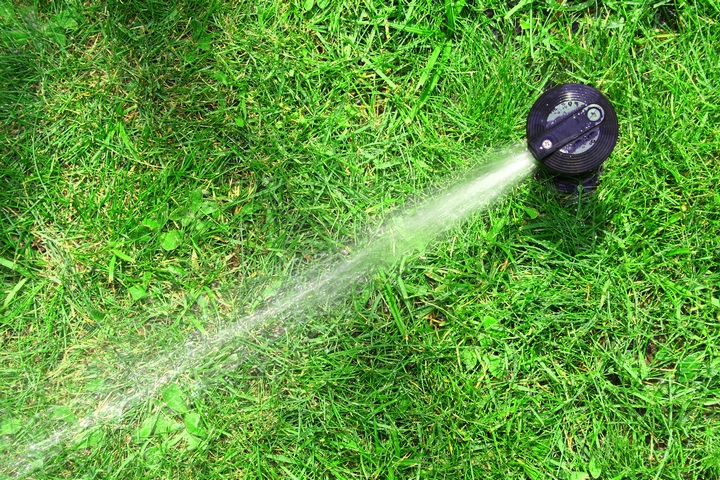
Automation is about simplifying your life. Installing a programmable intelligent irrigation system is one way of doing this. This watering system will automatically water your lawn. Once you programme it, it never forgets. Some of the watering systems can automatically adapt to the weather, meaning they won’t turn when it’s raining. Besides, they save up to 50% of the water you use outdoors.



















